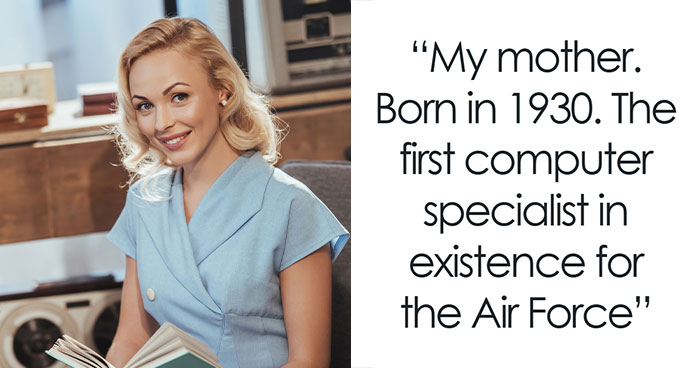
Our 15 Photos Show What’s Inside This Abandoned Soviet Submarine That We Found In European Waters
Having explored abandoned places for quite some time, sometimes it seems that we have seen everything. But this time, it was not the case. We knew it would be special, but we couldn’t imagine that it would be THAT special. During this exploration, under the heavy rain, wind, and cold… there was only one thing that made us feel warmer—the inner voice with “we all live in a yellow submarine, yellow submarine…”
This particular submarine began its career in 1965. It served in the Northern Fleets, Baltic waters, and the Mediterranean, based in Egypt for some years.
More info: Facebook
A passage between compartments
Submarines of project 641, or Foxtrot, according to the classification of NATO in Soviet times, were recognized as very successful. They were designed for long-distance travel and patrolling the ocean, equipped with new torpedo tubes. The first submarine of the Foxtrot class became part of the Soviet fleet in 1958.
There were 75 submarines built in total, with 17 of them serving in the navy of Poland, Cuba, India, and Libya. The project had already become morally and technically outdated by the time the last submarine was completed in 1983. With the advent of nuclear submarines with no range limitations, Project 641 moved into the category of simply short-range boats.
78 people could squeeze in, work, and live there for several months. Don’t ask me how! Living conditions on board would be rather difficult, there was not enough space for every person, and the captain was the only one who had a cabin.
The torpedo compartment
Entering the submarine aft, we got down into an empty compartment with four torpedo tubes. Passing through a narrow way along with the multiple sets of arrows and buttons, we got to the compartment with a diesel engine, a radio receiver where encrypted messages could once be sent and received, a central information point, RADAR and SONAR sets, as well as an attack periscope that was used to search and triangulate probable targets.
The torpedo tubes
Tight door between compartments
Central information point
Command periscope
Command seat
Electric generator/motor controls
Motor control
Chief mechanic’s workplace
The bow compartment
Climbing and crawling, in the end, we could finally reach the bow compartment. Here, six more torpedo tubes greeted us along with a huge dummy torpedo. This submarine was capable of carrying a total of 22 torpedoes, ten of which were in the tubes, and another twelve were waiting for their placement into the tubes. The crew could sleep here next to the torpedoes, but when the submarine was fully armed, this room became as cramped as everywhere else in the submarine. Now the torpedo-free bow room easily became the largest submarine compartment.
A huge dummy torpedo
Spare torpedo with torpedo tubes
Unfortunately, at the time that we visited the submarine, part of the hull was already cut off, there were huge holes in it, and the equipment was partly removed or damaged.
After her 30 years of service, she was subsequently cut into scrap metal. Pity… but nothing to do. Anyway, it was one of the most spectacular explorations ever. We really enjoyed it.
Latrine
Ballast tank management compartment
35Kviews
Share on Facebook@This is Fine- this is how you say "thank you" to someone who posted something you enjoyed. Learn it.
Load More Replies...I hope that guy in the picture didn't open that torpedo tube and that it was already open. In an abandoned submarine that seems like a good way to kill yourself and sink the sub.
ahahah, it was me (that girl), i am still alive. And yes, it was open
Load More Replies...Really enjoyed the pics! But please, it's the Army that uses a latrine. The toilet in the navel services, whether on land or at sea, is called the head. 😃
@This is Fine- this is how you say "thank you" to someone who posted something you enjoyed. Learn it.
Load More Replies...I hope that guy in the picture didn't open that torpedo tube and that it was already open. In an abandoned submarine that seems like a good way to kill yourself and sink the sub.
ahahah, it was me (that girl), i am still alive. And yes, it was open
Load More Replies...Really enjoyed the pics! But please, it's the Army that uses a latrine. The toilet in the navel services, whether on land or at sea, is called the head. 😃

 Dark Mode
Dark Mode 

 No fees, cancel anytime
No fees, cancel anytime 


































































158
48